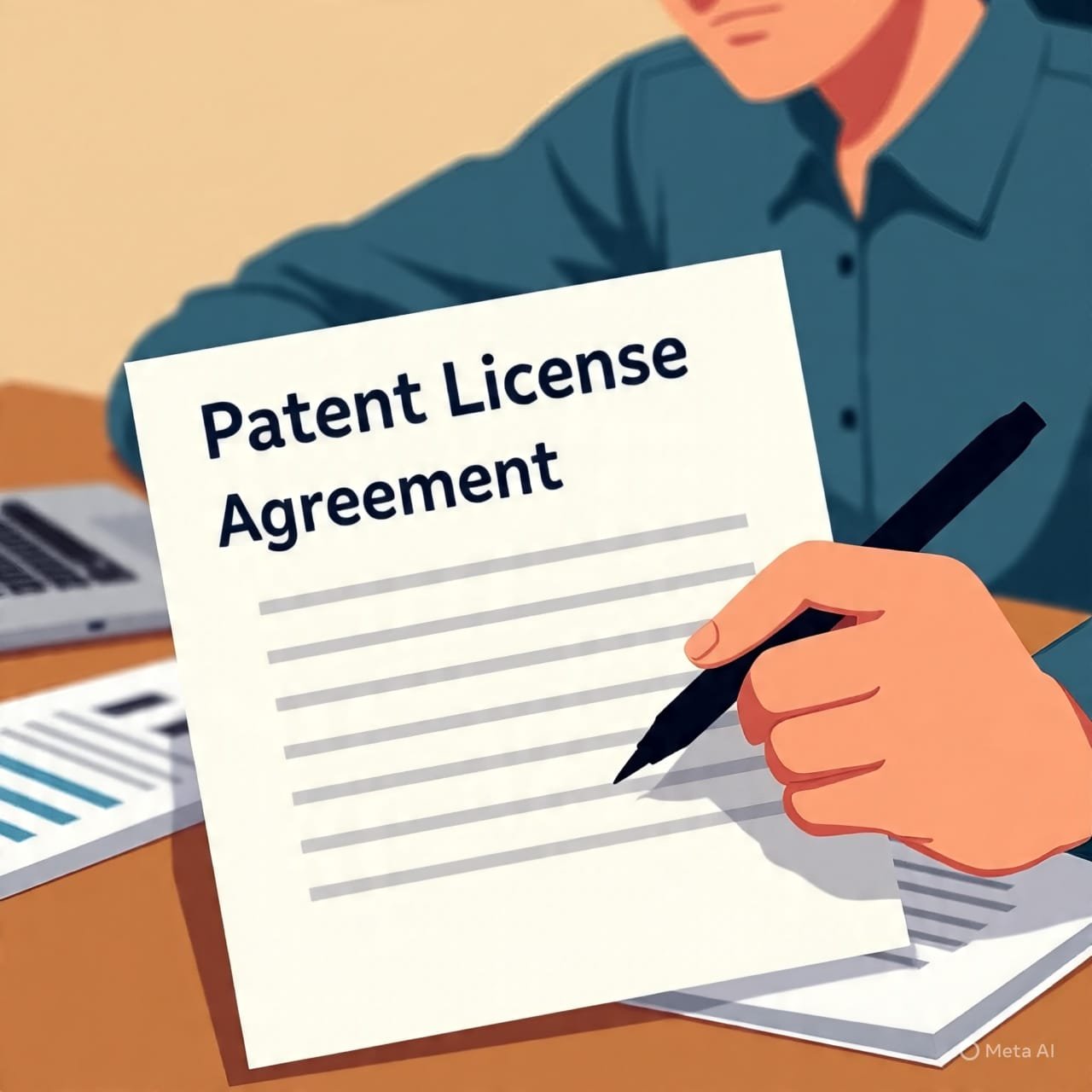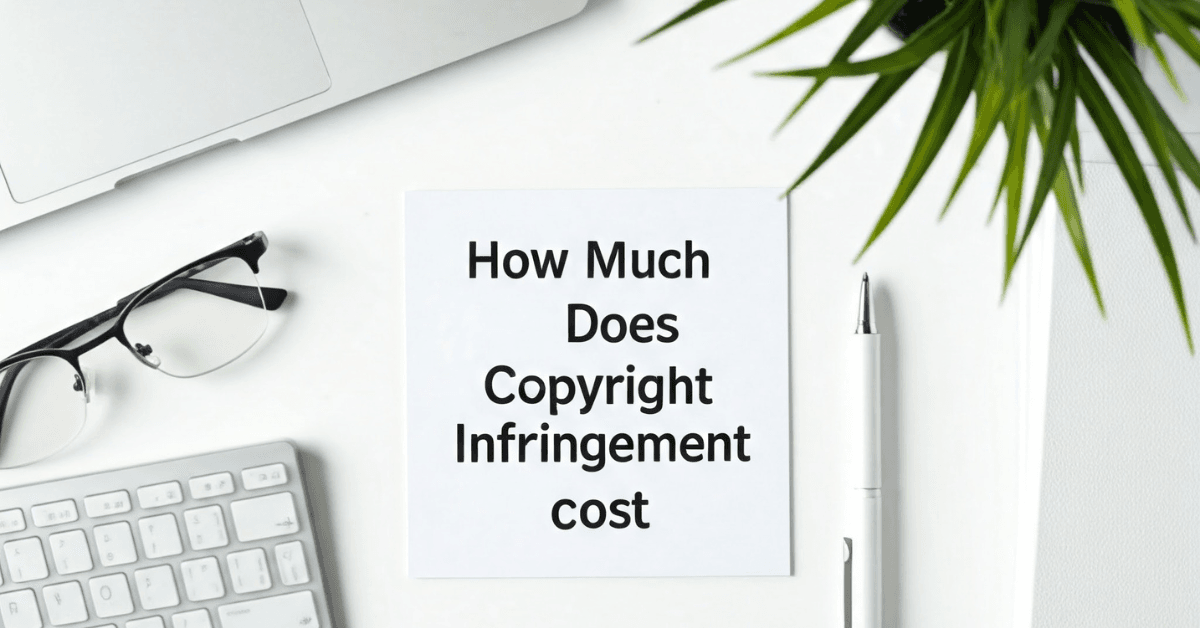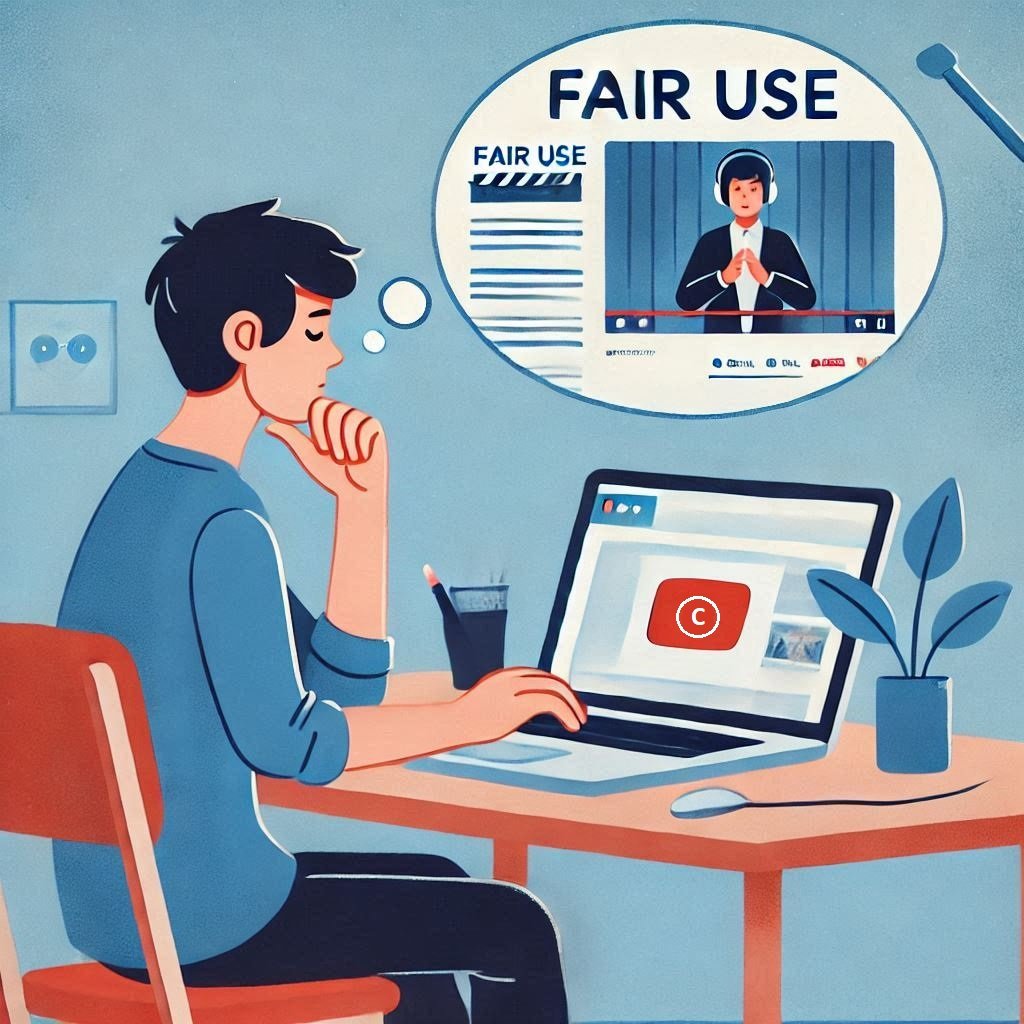Licensing a patented product in 2025 is a strategic way to monetize your invention without managing manufacturing, marketing, or distribution. Whether you’re an inventor, startup, or established business, a well-executed patent license can generate significant revenue while retaining ownership.
This comprehensive guide covers everything you need to know about how to license a patented product, including legal requirements, actionable steps, global considerations, recent case studies, and a downloadable checklist. Follow our expert advice to navigate the process and maximize your returns.
Understanding Patent Licensing

Patent licensing is a legal agreement where the patent owner (licensor) grants permission to another party (licensee) to make, use, sell, or import the patented invention in exchange for royalties or other payments.
The licensor retains ownership, while the licensee gains commercial rights under specified terms. Licensing is ideal for inventors lacking resources to produce or market their invention, as it leverages the licensee’s infrastructure and market presence.
Types of Patent Licenses
- Exclusive License: Grants rights to a single licensee, excluding all others, including the patent owner (unless specified). Ideal for maximizing licensee investment but requires compliance with competition laws (e.g., EU or U.S. antitrust regulations).
- Non-Exclusive License: Allows multiple licensees to use the patent, increasing revenue streams but potentially reducing exclusivity value.
- Sole License: Permits one licensee to use the patent, but the patent owner retains usage rights.
- Cross-License: Involves mutual licensing between parties, common in tech industries (e.g., Apple and Qualcomm’s 2019 agreement).
Why License in 2025?
- Market Speed: Licensing enables faster market entry via established companies, critical in fast-evolving sectors like biotech or AI.
- Global Reach: Licensing to foreign companies overcomes trade barriers, such as tariffs or taxes.
- Revenue Potential: Royalties (2-10% of net sales) or lump-sum payments can yield significant income.
- Innovation Focus: Inventors can focus on R&D while licensees handle commercialization.
8 Steps to License a Patented Product in 2025

Follow these steps to license your patent effectively, updated for 2025 legal and market trends:
Step 1: Verify Your Patent Rights
Ensure your patent is granted, active, and all maintenance fees are paid (e.g., USPTO fees at 3.5, 7.5, and 11.5 years). Confirm ownership, especially for co-owned patents, requiring consent from all owners. Use USPTO’s Patent Public Search tool to verify status.
Tip: For international licensing, check patent status in target countries via the Patent Cooperation Treaty (PCT) or national offices.
Step 2: Identify Potential Licensees
Target companies with market presence in your patent’s domain:
- Industry Leaders: E.g., biotech startups licensing to pharma giants like Pfizer.
- Startups: New players seeking innovative IP to disrupt markets.
- Foreign Firms: Companies expanding into new regions via your patent.
- Methods: Attend trade shows (e.g., CES 2025), use patent databases (e.g., WIPO PATENTSCOPE), or join inventor networks like the United Inventors Association.
Step 3: Choose the License Type
Decide between exclusive, non-exclusive, or sole licenses based on your goals:
- Exclusive: Best for high-value patents requiring significant licensee investment (e.g., semiconductor tech).
- Non-Exclusive: Ideal for broad market penetration (e.g., software patents).
- Sole: Balances control and revenue if you want to retain usage rights.
2025 Consideration: Ensure exclusive licenses comply with updated competition laws, especially in the EU.
Step 4: Value Your Patent
Determine your patent’s worth to set fair royalty rates or fees:
- Income Approach: Estimate future cash flows (e.g., Relief-from-Royalty Method).
- Market Approach: Compare to similar patents (e.g., NuCurrent’s wireless charging patents licensed to Apple).
- Cost Approach: Factor in R&D and replication costs.
- Typical Rates: 2-10% of net sales, higher for high-value tech or pharma patents.
- Expert Help: Consult a patent valuation expert or use tools like IPValuation.
Step 5: Negotiate and Draft the Licensing Agreement
A robust agreement prevents disputes. Key terms include:
- Grant of Rights: Specify make, use, sell, or import rights. Include “have made” rights for third-party manufacturing.
- Territory: Define geographic scope (e.g., U.S., EU, global).
- Royalties: Set fixed fees, percentage-based royalties (5-20%), or lump sums.
- Know-How: Include trade secrets or technical expertise to enhance value.
- Audit Rights: Allow verification of licensee sales.
- Enforcement: Clarify who handles infringement lawsuits.
- Termination: Outline breach conditions (e.g., missed payments) or performance targets.
- 2025 Tip: Address AI-related patents explicitly, as AI-driven innovations (e.g., semiconductor chips) are surging.
Pro Tip: Hire an IP lawyer to ensure compliance with laws like 35 U.S.C. § 261 (U.S.) or the UK Patent Act 1977.
Step 6: Register the License
- U.S.: Record with USPTO for public notice (optional but recommended).
- India/EU: Mandatory for enforcement against third parties.
- Process: Submit the agreement to the relevant patent office within the required timeframe.
Step 7: Monitor and Enforce the License
- Regularly audit licensee compliance (e.g., royalty payments, quality standards).
- Use cease-and-desist letters for infringement, specifying patent details.
- Leverage courts to stop unauthorized use or claim damages.
Step 8: Optimize for Future Opportunities
- Cross-Licensing: Explore mutual agreements with competitors (e.g., Apple-Qualcomm 2025 chipset deals).
- Portfolio Strategy: Categorize patents for licensing vs. core business use.
- Global Expansion: License in emerging markets like China or India, where patent activity is growing.
Landmark Cases on Licensing a Patented Product

1. Bayer Corporation v. Natco Pharma Ltd. (2012)
- Issue: Bayer held a patent for the cancer drug Nexavar. Natco applied for a compulsory license under Section 84 of the Indian Patents Act, 1970.
- Outcome: The Indian Patent Office granted the license, citing high drug prices and limited availability.
- Significance: First-ever compulsory license in India. It emphasized that public interest and affordability can override exclusive patent rights.
The case was first decided by the Controller of Patents on March 9, 2012, and later appealed by Bayer to the Intellectual Property Appellate Board (IPAB), which upheld the compulsory license.
2. Microsoft Corp. v. Motorola Inc. (696 F.3d 872 (9th Cir. 2012), United States of America)
- Issue: Motorola demanded high royalties for standard-essential patents (SEPs) used in Microsoft products.
- Outcome: The court ruled Motorola violated its obligation to offer FRAND (Fair, Reasonable, and Non-Discriminatory) terms.
- Significance: Set a precedent for reasonable royalty rates in SEP licensing and curbed “patent hold-up” tactics.
3. Apple Inc. v. Qualcomm Inc. No. 20-1683 (Fed. Cir. 2021)
- Issue: Apple challenged Qualcomm’s licensing model, alleging excessive royalties and anti-competitive behavior.
- Outcome: The parties settled in 2019 with a multi-year licensing and chipset supply agreement.
- Significance: Highlighted the power dynamics in tech licensing and the importance of global cross-licensing deals.
4. Novartis AG v. Union of India (India, 2013)
- Issue: Novartis sought a patent for a modified version of its cancer drug Glivec.
- Outcome: The Indian Supreme Court denied the patent, citing lack of enhanced therapeutic efficacy under Section 3(d) of the Patents Act.
- Significance: Reinforced that minor modifications to existing drugs don’t qualify for new patents — a key issue in evergreening and licensing strategies.
Legal Background for Patent Licensing
Patent licensing is rooted in intellectual property law, which grants inventors exclusive rights to their inventions for a limited time. Licensing allows the patent holder to commercialize their invention without manufacturing or selling it themselves.
Governing Laws and Treaties
1.National Patent Laws
Each country has its own patent legislation (e.g., 35 U.S.C. § 261 in the U.S., Patent Act 1977 in the UK). These laws define how patents are granted, transferred, and licensed.
2. International Treaties
- TRIPS Agreement (WTO): Sets minimum standards for IP protection globally.
- Patent Cooperation Treaty (PCT): Streamlines international patent applications but doesn’t grant global patents.
3.Contract Law
- Patent licenses are private contracts, so general contract principles apply: offer, acceptance, consideration, and legality.
- Disputes are often resolved under civil law or common law, depending on jurisdiction.
Key Legal Elements in a Patent License Agreement

A well-structured license should include:
- Grant of Rights: What exactly is being licensed (make, use, sell)?
- Territory: Where can the licensee operate?
- Exclusivity: Is the license exclusive, non-exclusive, or sole?
- Term: Duration of the license.
- Royalties: Payment structure — fixed, per unit, or percentage.
- Audit Rights: Licensor’s right to verify sales and royalties.
- Infringement Handling: Who sues if someone infringes the patent?
- Termination Clause: Conditions for ending the agreement.
A poorly drafted license can lead to disputes, lost revenue, or unenforceable rights.
Common Issues Faced in Licensing a Patented Product
- Many inventors struggle with valuation. Without knowing how much their patent is worth, they might ask for too much or too little.
- Another challenge is finding the right partner. Some licensees may misuse the patent or fail to market it properly.
- Legal issues can also arise if the license agreement is vague or poorly written.
That is why professional advice is highly recommended before signing any contract.
FAQs About Licensing a Patented Product
You can only license a granted patent. However, you can sign a preliminary agreement, such as an option to license, which becomes effective once the patent is granted.
It depends on the market, the patent’s value, and the agreement. On average, inventors earn between two and ten percent of the licensee’s product revenue.
Yes. Licensing involves legal, financial, and commercial risks. A lawyer ensures that your rights are protected and that the agreement is enforceable.
If the licensee violates the terms, you can take legal action, terminate the agreement, or seek compensation, depending on what the agreement allows.
Yes, but only if your patent is registered in those countries. Patents are territorial, so you must file separately in each country where you want protection and licensing rights.
Final Thoughts
Licensing a patented product in 2025 offers inventors and businesses a powerful way to monetize innovation, expand globally, and focus on R&D. Whether you aim to monetize a single patent or build a long-term licensing strategy, the key is to understand your rights, value your invention appropriately, and partner with the right licensee under a well-drafted agreement.
Proper legal guidance ensures your intellectual property remains protected while generating consistent revenue. With the right support, licensing can turn your invention into a powerful business asset. By following our eight-step process, leveraging updated legal frameworks, and drafting robust agreements, you can maximize revenue and minimize risks.
Shahnaz Kaushar is an intellectual property expert with more than 10 years of experience advising startups and corporations on patent licensing and commercialization. contact me for more details.




